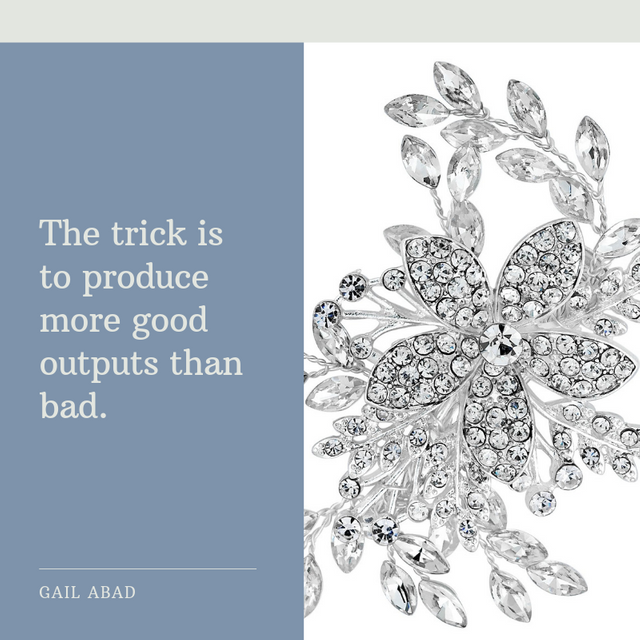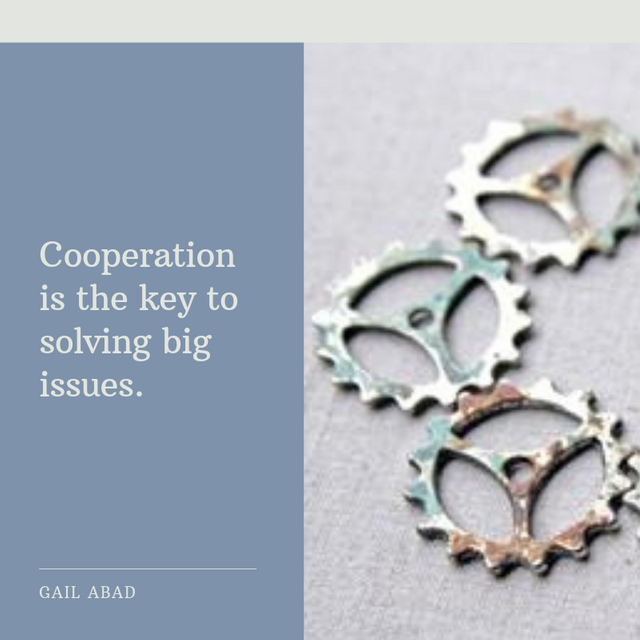Process Engineering and Human Productivity
A friend in my insurance company is challenging me to quit my day job and pursue financial advising full-time. To which my boss replied, “Love pa man niya ang chemical engineering gud, mao dili pa niya mabuhian (She still loves chemical engineering that's why she can't quit yet).”
She’s not wrong.
In fact, I love the work that I do as a process engineer. This realization came about when I connected the dots of the life that I lived and discovered the alignment that it had with the essence of being a process engineer. This isn’t to say that being a process engineer is all rainbows and butterflies, okay? It’s to say that the benefits outweigh the disadvantages, so far, for me.
I began to view the work that I do in process engineering and saw that there were concepts that I can apply to my productivity. Here they are:
When I want to overcome perfectionism, I tell myself...

As process engineers, we always aim to achieve or surpass the target yield. Yield is calculated as output divided by the input. The input refers to the raw materials placed inside the processing unit. The output refers to the good product produced. The higher the yield, the better the process.
When starting a new venture, we tend to take advantage of beginner's rush - a term that I'd like to call the great driving force that we have at the beginning. At this state, when we are faced with obstructions we tend to see past through them. Once we run out of beginner's rush, we begin to see obstructions as they are. We also tend to question things and reach a pause induced by a phenomenon called paralysis by analysis.
When faced with such we must remember that the trick is to produce more good outputs than bad. That even when I am in a state of paralysis, I can still produce an output. It could be a bad output, it could possibly be good; but the most important thing is - I have an output!
When I want to improve my way of doing things...

In process engineering, or in any line of work for this matter, we report our progress weekly. We highlight top ten rejections and from there, we formulate our containment and strategic actions. The lower the yield, the greater the potential for improvement! Process engineers turn to top rejections and further investigate whether they can be attributable to an assignable cause or a deviation in established process parameters. In any venture, I can identify key areas that I need to work on. From there, I can weed out the important issues from the not-so-important for the moment. By doing so, my employed improvement will impart the greatest impact on my overall yield.
When I want to take my game up a notch, having this mindset is particularly useful...

From the top rejections, I can then identify the appropriate action items that I can take to effect improvement. In process engineering we achieve this using the method called "Why-why" analysis. We ask ourselves "Why?" until we get to the root cause of the problem. Attacking the problem to its root will ensure that the solution employed will effect long-term.
Take this for example:
Why 1: Why can't I write as often as I did before?
Answer 1: Because I don't have time to write anymore
Why 2: Why don't I have time?
Answer 2: Because I don't give it time
From the 2-why's I determined that a solution that I can employ to solve this problem is to block time for writing. I schedule time for writing to ensure that I can still produce content.
It's easy to get lost in the minor problems and day-to-day dealings, just remember...

The overall picture aligns me to the important goal in the work that I do as a process engineer - support production! While it is so easy to get lost in the projects, extra-curricular activities and social events, having a road map allows for me to get back on track when I stray. I find that this concept is particularly useful in whatever endeavor I engage myself in. Tools that come in handy are my job description, timelines and my core principles.
When everything gets too overwhelming and I think that I can't do it on my own...

No matter how competent and self-sufficient I think I am, there are issues that are too big for me to tackle alone. That is when our core functional team comes in. Cooperation is the key to solving big issues. At first, differences may drive the team to having gaps in understanding, but I keep faith that the team will come up with solutions that will address the problem in a much bigger and wider sense.
There maybe issues in your productivity that have root causes much bigger than yourself. Seek another's perspective! You might come up with unique and effective solutions to your problem.
There you have 'em! I hope I was able to give you a glimpse of the world of process engineering. Leave comments below to let me know what you think.
Trusting the process,
Engr. Gail
Congratulations @thegaillery! You have completed the following achievement on the Steem blockchain and have been rewarded with new badge(s) :
You can view your badges on your Steem Board and compare to others on the Steem Ranking
If you no longer want to receive notifications, reply to this comment with the word
STOPTo support your work, I also upvoted your post!
Do not miss the last post from @steemitboard:
Vote for @Steemitboard as a witness to get one more award and increased upvotes!
Congratulations @thegaillery! You received a personal award!
You can view your badges on your Steem Board and compare to others on the Steem Ranking
Do not miss the last post from @steemitboard:
Vote for @Steemitboard as a witness to get one more award and increased upvotes!